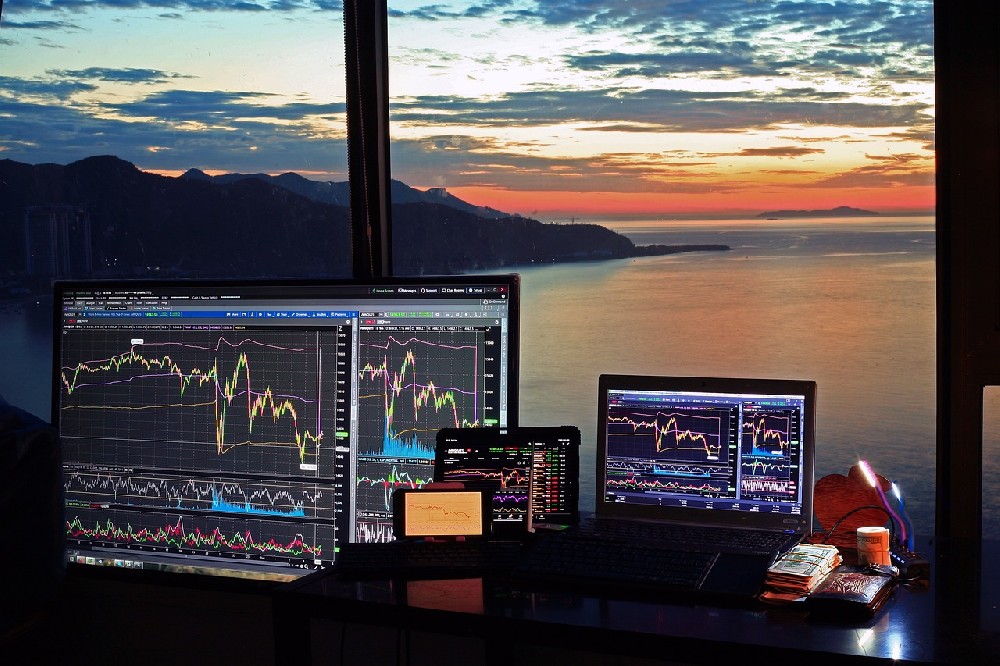Trend trading is a trading style that attempts to capture gains through the analysis of an asset’s momentum in a particular direction. When the price is moving in one overall direction, such as up or down, that is called a trend. Trend traders enter into a long position when a security is trending upward, and a short position when a security is trending downward.
Trend trading can be applied to various markets, such as stocks, bonds, currencies, metals, and commodities. Trend trading can also be used for different time frames, such as short-term, intermediate-term, or long-term. Trend trading can be based on technical analysis, fundamental analysis, or a combination of both.
Trend trading relies on the assumption that a trend will continue until there is evidence that it is reversing or losing strength. Trend traders use various tools and indicators to identify and follow the trend direction and strength, as well as to spot potential entry and exit points. Some of the common tools and indicators that trend traders use are:
Trendlines: Trendlines are straight lines that connect the successive highs or lows of the price, and that indicate the slope and direction of the trend. Trendlines can also act as support or resistance levels, where the price may bounce or break during a trend.
Moving averages: Moving averages are lines that plot the average price of an asset over a certain period of time, and that smooth out the price fluctuations. Moving averages can also show the direction and strength of the trend, as well as provide dynamic support or resistance levels.
Technical indicators: Technical indicators are mathematical calculations that are applied to the price or volume of an asset, and that generate signals or values that can help trend traders to analyze the market. Some of the common technical indicators that trend traders use are relative strength index (RSI), moving average convergence divergence (MACD), and average directional index (ADX).
Trend trading has some advantages, such as:
It can capture large price movements and generate consistent profits over time.
It can reduce the noise and confusion of the market and provide a clear and objective framework for trading.
It can be adapted to different markets, time frames, and trading styles.
However, trend trading also has some disadvantages, such as:
It can be difficult to identify the trend direction and strength accurately and consistently.
It can be prone to false signals and whipsaws, especially during sideways or choppy markets.
It can require patience and discipline, as trend traders may have to endure periods of drawdowns or missed opportunities.
Trend trading is a popular and effective trading style that can help traders to profit from the price movements of an asset in a particular direction. However, trend trading also requires skill, knowledge, and experience, as well as a sound trading system and a proper risk management strategy. Trend traders should always do their own research and analysis, and follow the rules and practices of trend trading. By doing so, they can enhance their trading efficiency and profitability.







